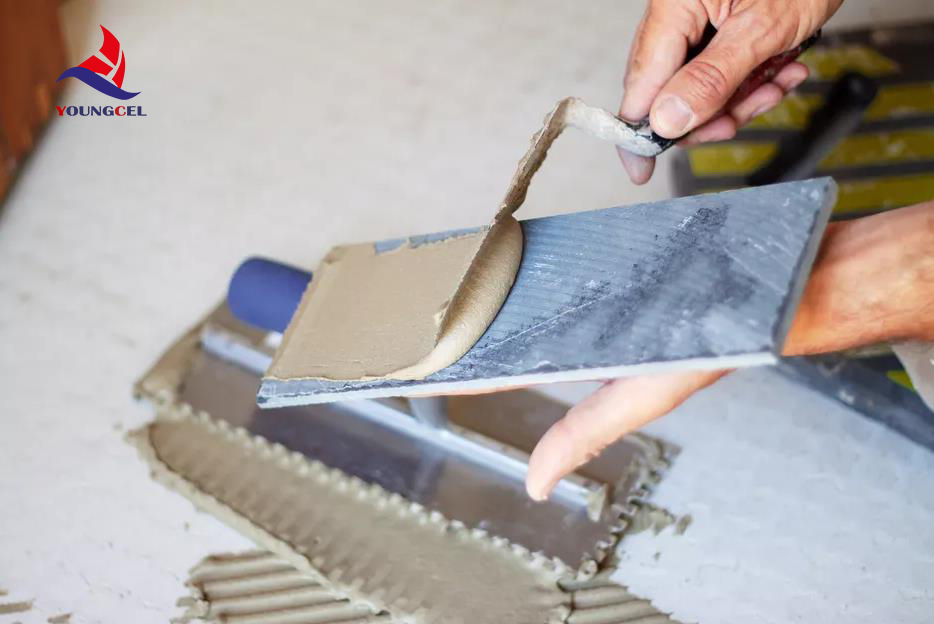Understanding Cellulose Powder Prices Factors and Trends
Cellulose powder, a versatile and eco-friendly ingredient derived from the cell walls of plants, has gained significant attention across various industries. Its applications span from food additives to pharmaceuticals and personal care products, fostering a growing demand that influences its pricing. Understanding the factors influencing cellulose powder prices can help businesses and consumers make informed decisions in their respective markets.
What is Cellulose Powder?
Cellulose powder is a fine, white powder made from cellulose, a natural polymer that provides structural support to plant cells. It is often considered a sustainable alternative due to its biodegradable nature and non-toxic properties. In the culinary world, it acts as a thickening agent or food stabilizer. In the pharmaceutical industry, it serves as a binder or filler in tablets and capsules. Its ability to absorb moisture makes it a valuable component in personal care products, where it helps maintain product texture and stability.
Factors Influencing Prices
1. Raw Material Availability The primary source of cellulose powder is wood pulp, derived from trees such as pine and eucalyptus. Fluctuations in the supply of these raw materials, often influenced by environmental regulations, logging practices, and climate conditions, can significantly impact cellulose powder prices. When there’s a shortage of timber due to restrictions or natural disasters, prices tend to rise.
2. Production Costs The manufacturing process of cellulose powder involves significant energy and chemical input. Factors such as rising energy costs and changes in production technology can affect the overall cost of production. Companies that adopt more efficient and sustainable practices may mitigate some of these costs, but initial investments can impact pricing structures.
3. Market Demand The demand for cellulose powder is increasing globally, particularly in sectors like food, pharmaceuticals, and cosmetics. An upsurge in demand can lead to increased prices, especially if supply doesn’t keep pace. For instance, the growing trend towards plant-based products and clean-label foods has heightened interest in cellulose as a natural ingredient, pushing demand beyond traditional levels.
cellulose powder prices

4. Geopolitical Factors Trade policies, tariffs, and geopolitical tensions can also influence cellulose powder prices. Countries that export raw materials for cellulose production may impose tariffs, which can increase costs for importing nations. Changes in trade agreements can either facilitate lower prices or raise them depending on the political climate.
5. Quality Specifications The quality of cellulose powder can vary based on its source and the manufacturing process. High-quality cellulose that meets specific industry standards, such as those required in pharmaceutical applications, often commands a premium price. Variations in purity and granulation can also lead to differing market prices.
6. Sustainability Trends As sustainability becomes a focal point for consumers and manufacturers alike, the demand for responsibly sourced cellulose powder has increased. Biodegradable products are becoming more desirable, which can create a higher price point for sustainably sourced cellulose due to the costs associated with certification and ethical sourcing.
Current Market Trends
Several trends are currently shaping the cellulose powder market. The recent push for healthier, cleaner ingredients is prompting manufacturers to reformulate products with natural additives, where cellulose powder plays a crucial role. Additionally, the rise of vegan and vegetarian diets has led to increased usage in meat alternatives, where cellulose serves as a functional binder or texture enhancer.
Moreover, advancements in technology are making cellulose powder production more efficient and environmentally friendly. Innovations such as enzymatic processing and recycling of waste materials into cellulose can help lower production costs, potentially making the product more affordable.
Conclusion
Understanding cellulose powder prices involves considering a multitude of factors, from raw material availability to shifting market demands. While prices can fluctuate due to both predictable and unpredictable elements, the growing awareness of sustainability and health consciousness among consumers is likely to shape future trends in pricing and demand. For businesses investing in cellulose powder, staying informed about these dynamics is essential for strategic planning and competitive positioning. As markets evolve, adapting to changes in pricing structures will be crucial for success in this increasingly important sector.
-
Rdp that The Revolutionary Polymer Powder Transforming Modern Construction MaterialsNewsAug.11,2025
-
Hpmc Powder that Versatile Additive for Detergents and Personal CareNewsAug.11,2025
-
Hpmc Hydroxypropyl Methylcellulose that Essential Building Material Additive from Shijiazhuang Gaocheng YongfengNewsAug.11,2025
-
Hydroxypropyl Methyl Cellulos Hpmc that Essential for Construction ApplicationsNewsAug.11,2025
-
Mhec Powder that Revolutionizing Construction Chemistry with Cellulose Ether SolutionsNewsAug.11,2025
-
Industri Hpmc that The Global Backbone of Advanced ConstructionNewsAug.11,2025




